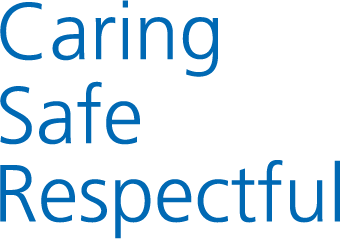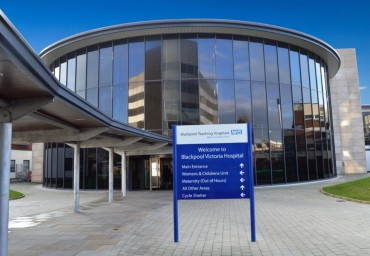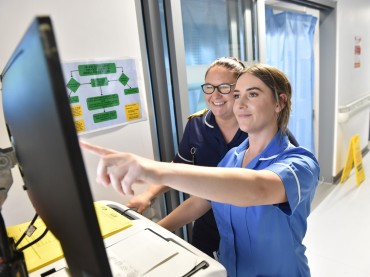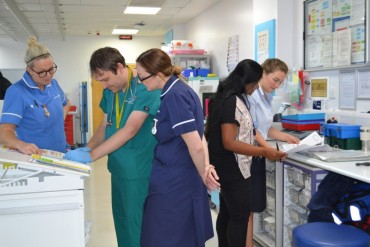Overview
This leaflet has been written to give you and those caring for you information and advice on pressure ulcer prevention.
Pressure ulcers are areas of skin damage caused by being placed under enough pressure to reduce its blood supply. They are also known as pressure sores or bed sores. Pressure ulcers can be very painful.
They may need to have frequent dressing changes, which may mean you have to change your daily routine and lifestyle.
They can affect your health and slow your recovery. They can also lead to a longer hospital stay or admission to hospital from home.
They usually occur over a bony prominence, however they can occur elsewhere, especially where medical devices are used. It is important that you inform staff if you have a poorly fitting or painful medical device e.g. oxygen mask, plaster cast, splint etc.
We are aware this PDF might not be accessible to all users. Read our accessibility statement to learn more.



